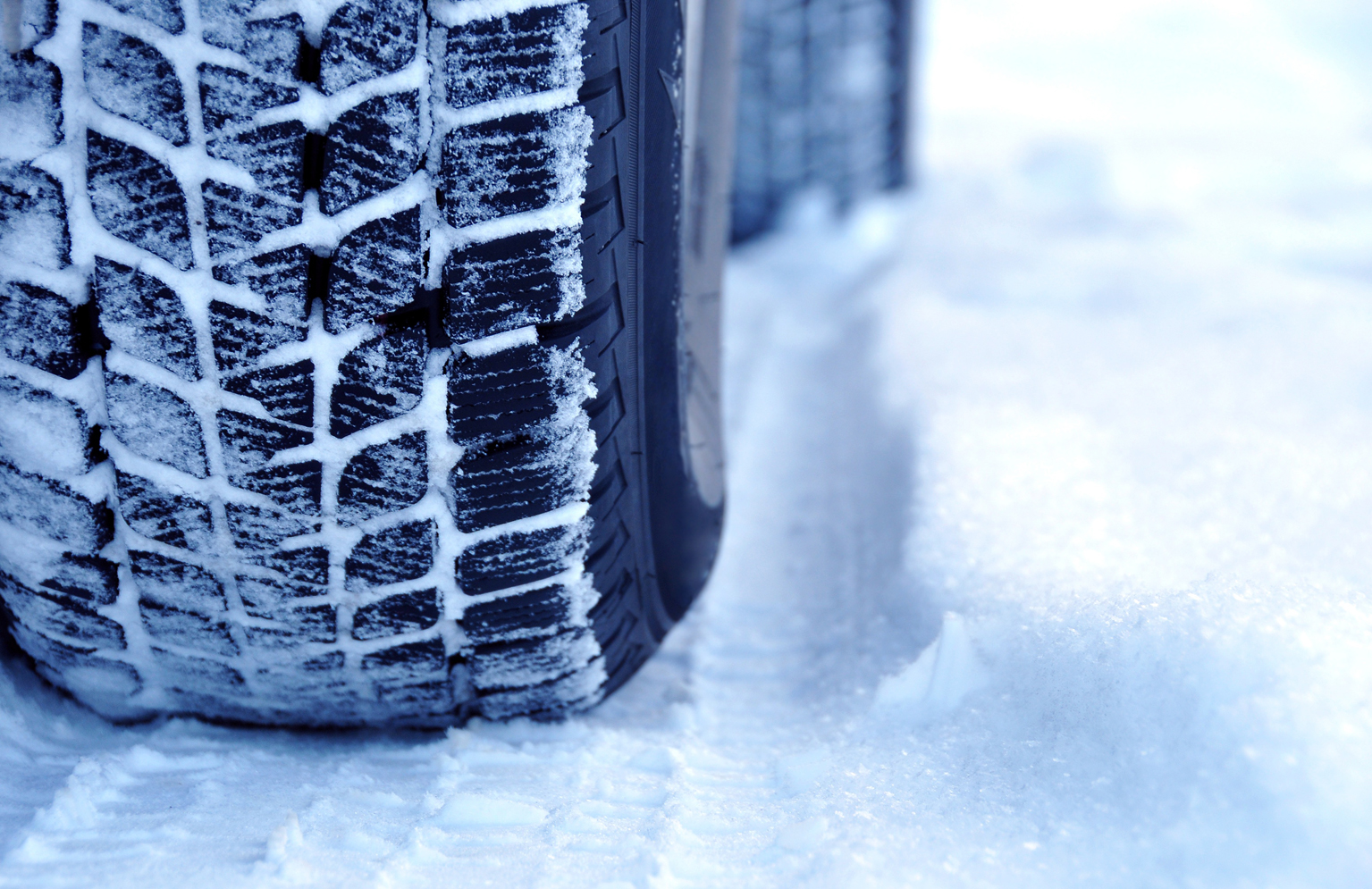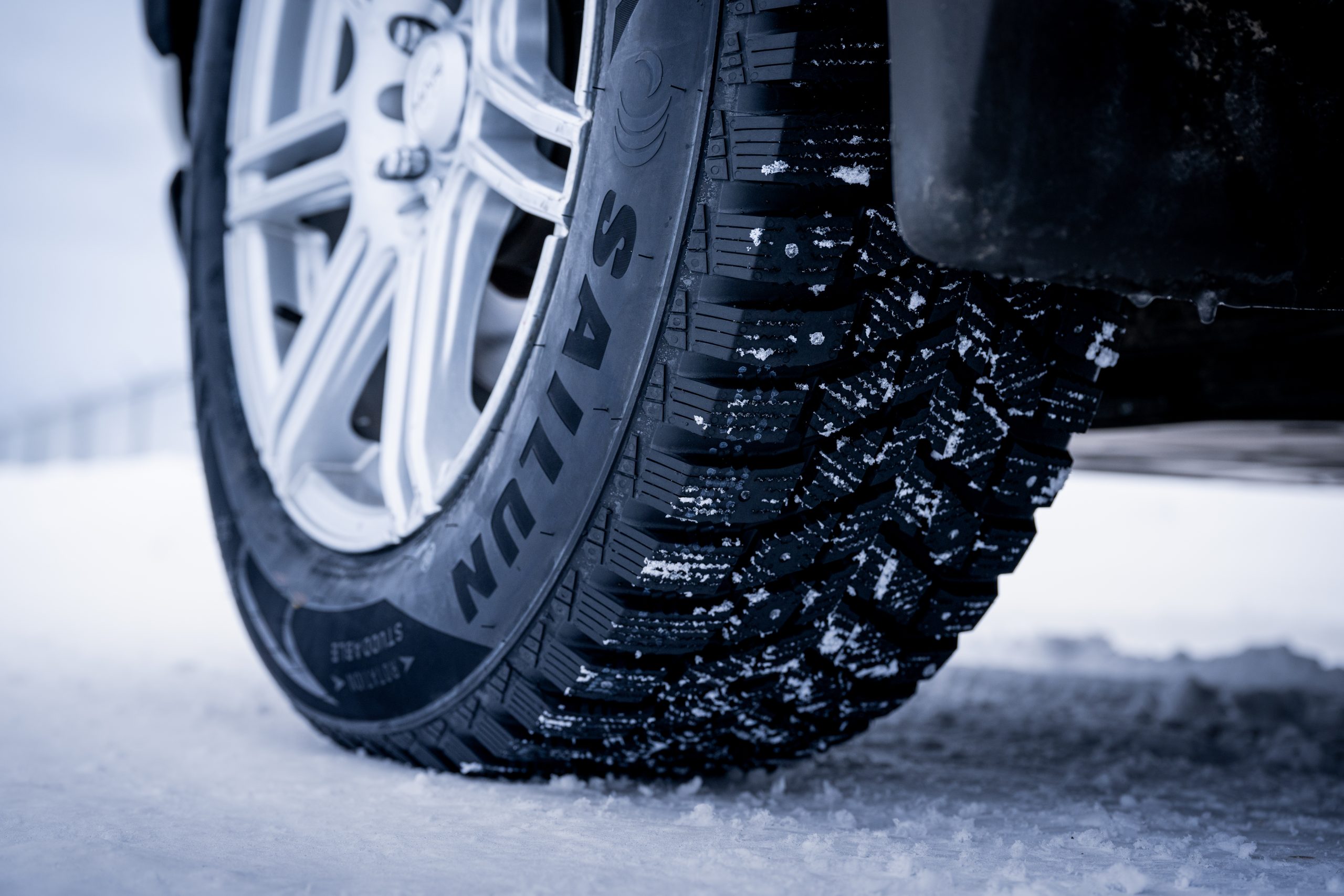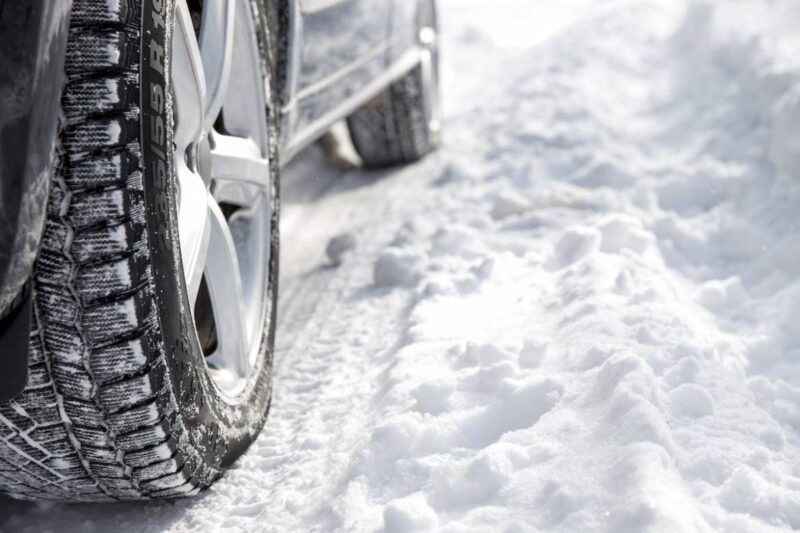As autumn leaves descend and temperatures drop, a subtle yet undeniable shift begins to signal the approach of winter. The once-vibrant landscape fades into a palette of muted tones, whispering warnings of the snow and ice that lie ahead.
For drivers, this transition raises an important question: Is it time to swap for winter tires? While many may overlook this detail, the distinction between sticking with all-season tires and embracing specialized winter treads can mean the difference between a smooth commute and a perilous journey over slippery roads. In this article, we’ll explore the telltale signs indicating that your wheels may need a seasonal upgrade, helping you navigate the icy season with confidence and safety.
So, before your tires start slipping and sliding, let’s dive into the critical factors that determine whether winter tires are your best ally in the months to come.
Signs That Winter Tire Season Is Approaching

As the days grow shorter and the chill creeps into the air, certain unmistakable signs signal the impending arrival of winter tire season. You might notice a crispness in the morning air, an invitation for frost to settle on your windshield.
The once-vibrant leaves are now crunching beneath your feet, and if you pay close attention, the first whispers of winter\’s breath may already be evident in the forecast, with temperatures dipping below the critical 7°C. Perhaps your daily commute has begun to feel a little more precarious, each turn and stop accompanied by a sense of unease.
Listen closely; the distant sound of tire stores filling their inventories with snow-ready options may hint at the urgency of making the switch. If the thought of icy roads and frosty mornings makes your pulse quicken, its time to consider your own readiness for the season ahead.
Evaluating Your Current Tire Condition

As the days grow shorter and temperatures dip, assessing your current tire condition becomes paramount to ensuring your safety on slippery roads. Begin by examining the tread depth; a quick penny test can reveal if your tires still provide enough grip.
Insert a penny into the tread—if you see Lincoln’s entire head, it’s time to consider a change. Beyond tread wear, take a hard look at any visible cracks, bulges, or unusual wear patterns that could indicate underlying issues.
Don’t forget to check your tire pressure, too; cold weather causes air to condense, leading to under-inflation, which compromises traction. Lastly, consider the age of your tires—most manufacturers recommend replacing them every six years, regardless of wear.
With these checks in hand, youll be better equipped to decide whether it’s time to switch to those reliable winter tires.
Weather Patterns: When to Make the Switch

As the crisp air of fall gives way to the biting chill of winter, recognizing the signs of impending weather changes becomes essential for your vehicle safety. One day, you might find yourself basking in a brilliant autumn sun, and the next, a flurry of snowflakes blankets the ground—this unpredictable pattern is your cue.
Experts generally advise making the switch to winter tires when the temperatures consistently drop below 7 degrees Celsius (about 45 degrees Fahrenheit). However, don’t merely rely on the calendar; keep an eye on local forecasts and road conditions. If the weather report predicts icy roads or heavy snowfall, it’s time to act.
Remember, waiting too long could leave you navigating dangerously slick surfaces with inadequate tread, jeopardizing both your safety and that of other drivers. Make the tire change before the first significant storm hits and ensure your grip on the road is as steadfast as your morning coffee.
Conclusion
In conclusion, the decision to swap to winter tires is crucial for ensuring safety and performance during the colder months. By assessing factors such as weather conditions, tread depth, and your driving habits, you can make an informed choice that enhances your vehicles traction and control on icy roads.
If you\’re considering an upgrade, Rectangle Auto Supply St. Catharines tires offers an excellent selection of winter tires designed to meet your needs. Remember, investing in the right tires is not just about comfort; its about safeguarding yourself and your loved ones as you navigate through winters challenges.
Dont wait until the first snowfall—make the switch before you find yourself slipping and sliding.


